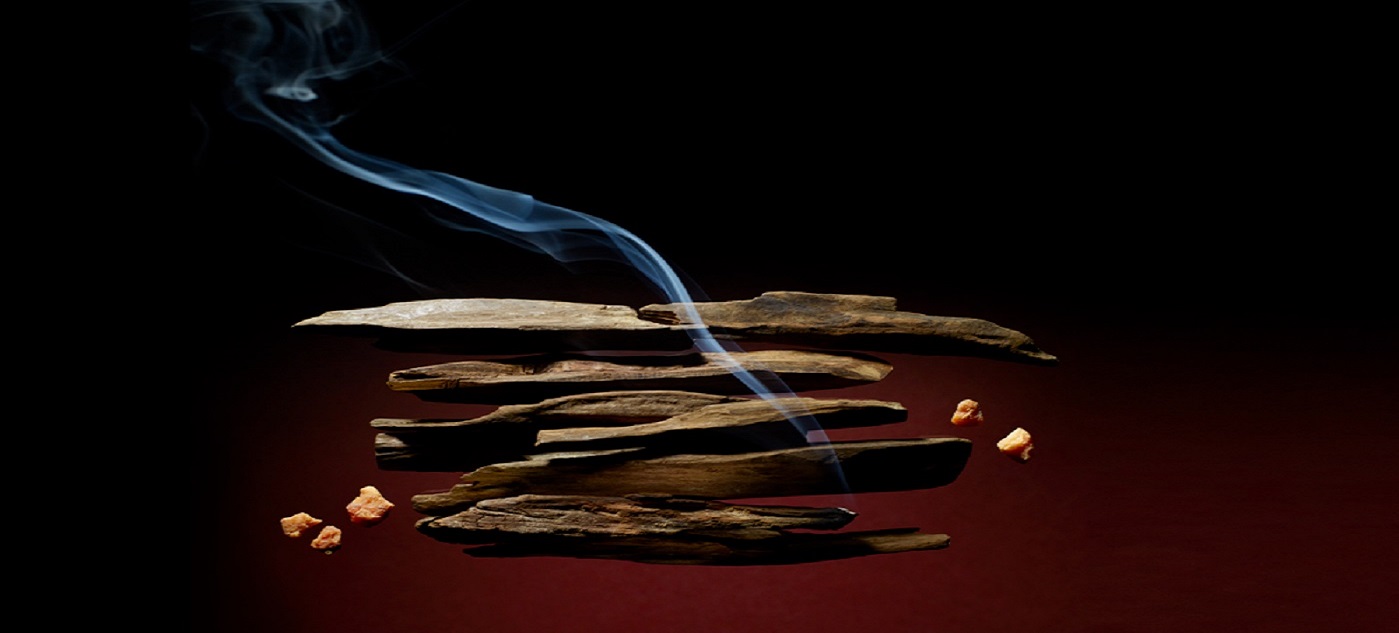
Throughout history, gathering from nature and creating extractions for medicinal purposes has been a way humans have sought to cure themselves of ailments and illness. Essential oils, containing the aroma of a particular fruit or plant, have been in use since the 13th century. These volatile oils were used primarily in medicine.
Aromatherapy and the extracts use has increased and now we find them in cosmetics, perfumes, soaps and many other products, even as flavouring foods and drinks.
Cannabis Flower Essential Oil
Now here’s an interesting one, the Cannabis Flower essential oil, also known as hemp essential oil. It’s main use is in cosmetics, perfumes, soaps and candles for its pleasant, relaxing smell. It’s used as well to flavor some foods or beverages.
The plant itself, though is known to have medicinal uses, like alleviating inflammations, skin irritations or hormonal imbalances, it’s highly regulated so growing it in many parts of the world is illegal. That’s what makes it very popular to some and the oil extracted from it so expensive with a price of $946 per ounce.
Frangipani Absolute Oil
The Frangipani flower is a rare species, found only on the Comoros Islands in France. The oil extract is very thick and has an intense sweet floral fragrance, with hints of exotic spices, making it a main component of high class perfumery.
Besides perfumes, the Frangipani Absolute Essential oil has medicinal uses as well, reducing stress and inflammations. The price for an ounce of this oil reaches a staggering $1,482
Tuberose Absolute Oil
The Tuberose is a perennial plant cultivated in Mexico with extracts of it used in perfumery. Its oil is extracted by infusing the petals in palm oil, separated afterwards from the tuberose essence through the process of evaporation.
The Tuberose Absolute Essential oil is considered a luxurious oil and it’s used in aromatherapy for or in fragrances. The relaxation properties make it a great help against insomnia, though some use it for inspiration purposes and even as an aphrodisiac. Whatever the use, make sure it’s worth it, since an ounce of this oil costs a great $1,645.
Champaca Absolute Oil
Used for centuries as a great way to cure depression and relieve stress, vertigo or headaches, the Champaca Absolute Essential Oils seems to be one of the best when it comes to medicinal purposes. It has regenerative properties, helping with wounds from acne, spots, wrinkles and complexions.
Its powerful citrus and floral scent is much appreciated in India and parts of Asia where it is also used as a perfume and as a powerful aphrodisiac. A very expensive one, since the price per ounce is a staggering $2,256, making it the most expensive essential oils in the world.
Agarwood Absolute Oil
The Agarwood Essential oil, also known as Oud oil, it’s an extremely rare and much appreciated oil for its great aroma and medicinal uses. As the name states, it’s extracted from the agarwood, which is listed as a potential threatened species, making it one of the most expensive raw materials in the world.
The trees require a long time to grow and they’re found only in isolated regions of countries like The Philippines, Thailand, Vietnam, Malaysia, India, Bhutan, Indonesia, Papua New Guinea and a few others. The sweet, woody fragrance of the oil is praised so much that the price for an ounce of this oil goes to $4,850.

